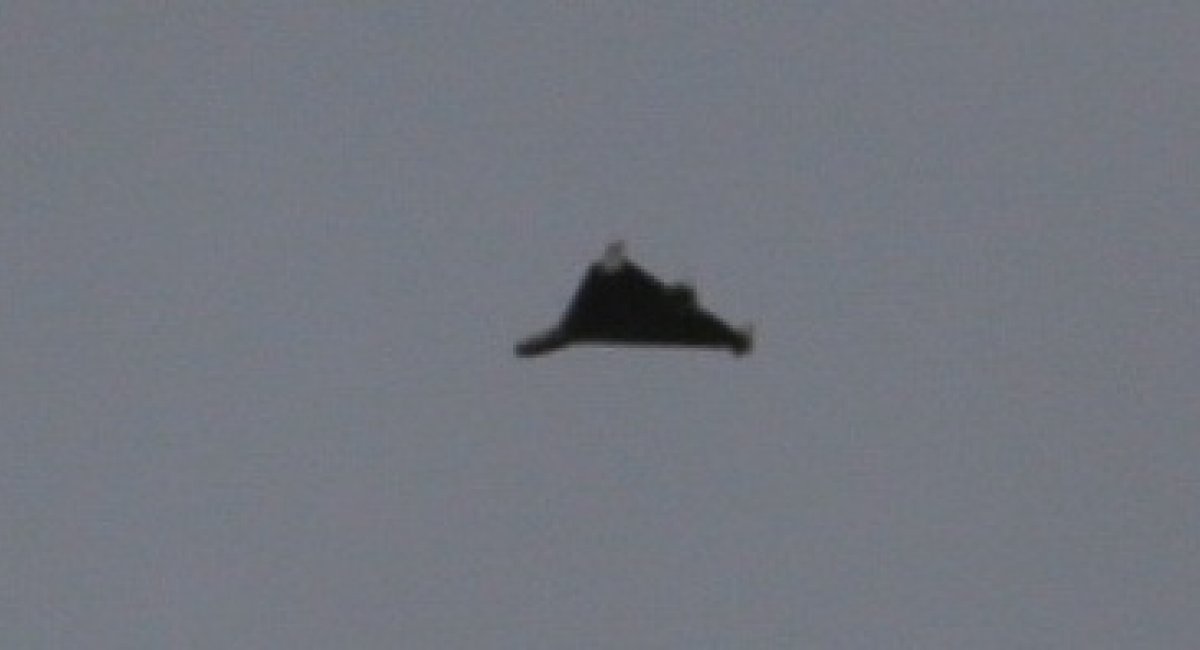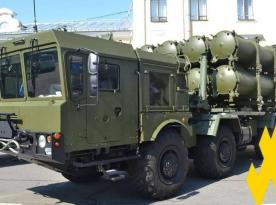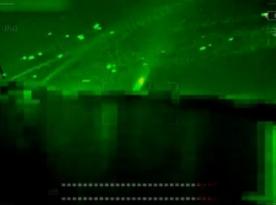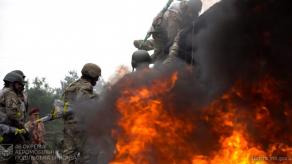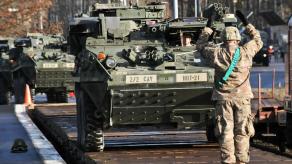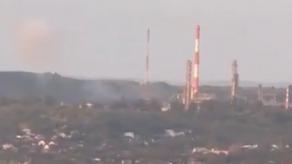Shahed-136/131 loitering munitions have been increasingly often entering the airspace of NATO member states during russia's aerial attacks on Ukraine. For Poland and Romania, such incidents have become almost routine, and on September 7th, Latvia joined them when a Shahed drone crashed near the city of Rezekne on Latvian territory.
However, NATO has yet to make an official decision to actively intercept russian drones or missiles over Alliance territory, likely due to fears of escalating the conflict. Even after the Shahed crash in Latvia, the country’s Defense Minister downplayed the event, stating that it couldn’t be seen as "open military escalation" and reassuring that Latvia wasn’t the intended target of the drone.
Read more: Satellite Images Reveal Explosions Near Toropets: Could Something More Powerful Than Palianytsia Be Involved?
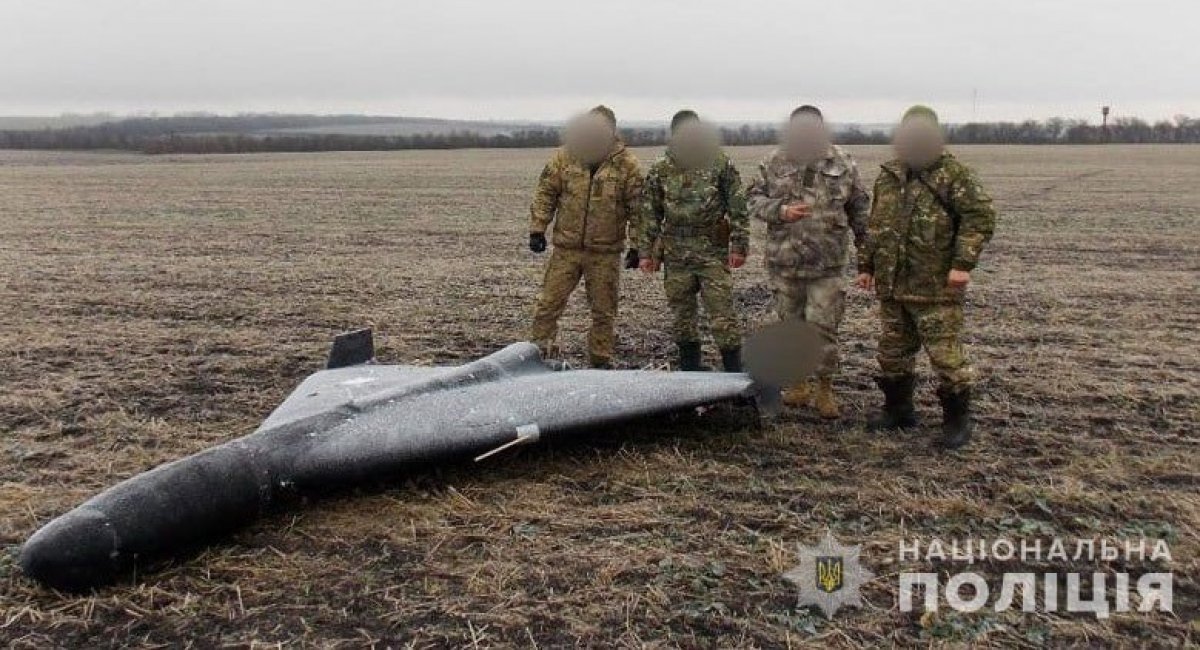
The other day, General James Hecker, the commander of the U.S. Air Forces Europe and NATO Allied Air Command, stated there may be more such incursions by russian drones and missiles into NATO territory in the future. This is attributed to russia's announced plan to add another 180,000 personnel to its Ukraine invasion forces.
According to Hecker, the use of these "hastily-trained and reluctant" recruits in military operations, including drone launches, will inevitably lead to more "mistakes," as he labeled it:
"If you grab folks off the street that haven't been conditioned and trained in military operations, the risk of miscalculation, mistakes goes up. And I think we've seen that with…with a lot of the incursions that we've seen in both Romania, Poland, the one you talked about in Latvia," the NATO general explained, as quoted by Defense One.
It seems peculiar, though, that NATO interprets these incursions as accidents rather than deliberate provocations or calculated maneuvers — to exploit unexpected angles in attacks on Ukraine or with any other purpose in mind.
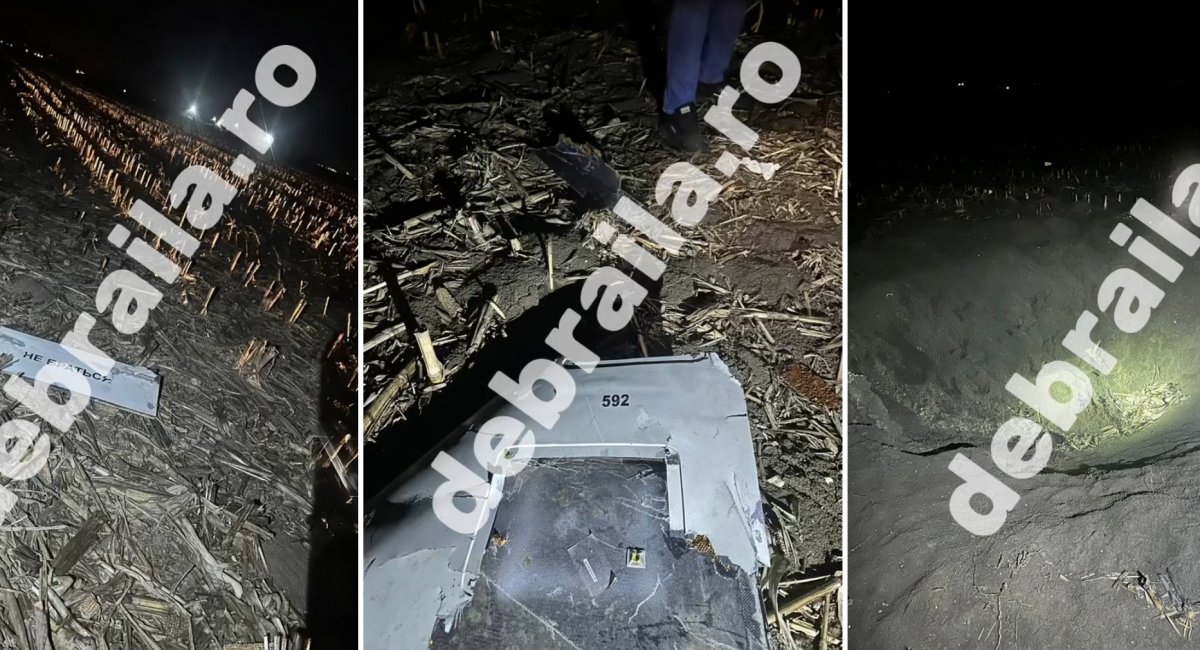
This perception is especially questionable given that russia already uses reconnaissance UAVs to spy deep within NATO territory. A recent example is the August 2024 sighting of a russian Orlan-10 reconnaissance drone over an industrial area in Schleswig-Holstein, Germany, flying near a decommissioned nuclear power plant and other critical infrastructure.
NATO’s response so far suggests that Poland or Romania are unlikely to be encouraged to intercept Shahed drones or missiles over their territory anytime soon.
In the same context, Hecker emphasized that integrated air and missile defense remains a key priority for the Alliance. He stressed the need for air defense units to be equipped with innovative technology to detect russian drones, and pointed to Ukraine’s experience as a model. Specifically, he highlighted the importance of acoustic detection methods.
Hecker mentioned Sky Fortress, a Ukrainian-developed network of approximately 9,500 sensors that detect hostile drones by capturing their acoustic signatures and sending real-time data to Ukrainian military commanders’ tablets, enabling faster and more effective responses.
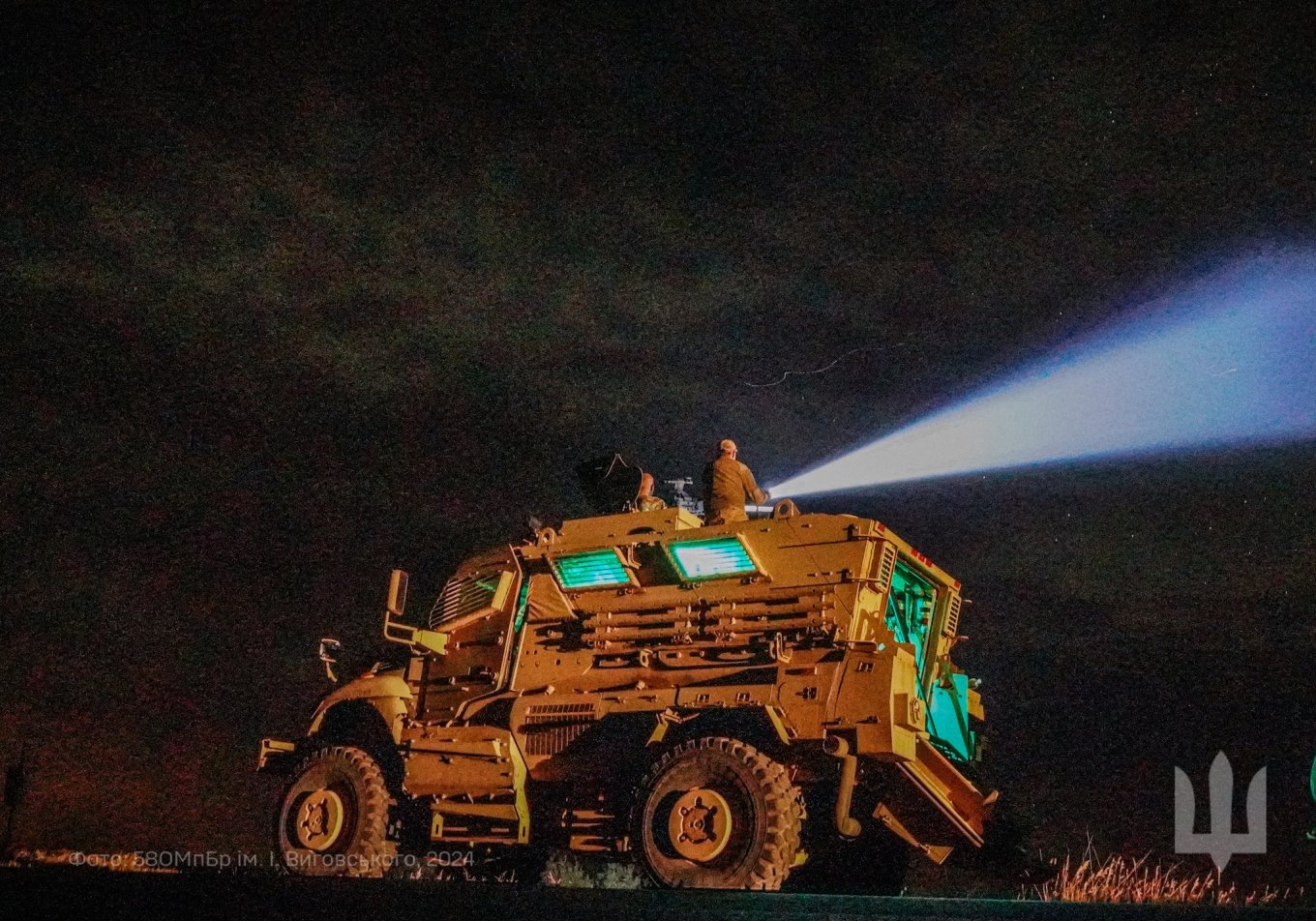
This is not the first time NATO officials voice out the need to adopt similar systems, and while previous calls focused on U.S. forces, James Hecker is talking about the need to try and "pony up" some of the other member states to invest money in these technologies and deploy them.
The general mentioned that the U.S. Air Force had already demonstrated an acoustic detection system at Ramstein Air Base in Germany, where its effectiveness was proven. Demonstrations were also held in Romania.
Read more: Again, russian Spy Drones Fly Over Germany Freely, Looking At Nuclear and Chemical Plants




